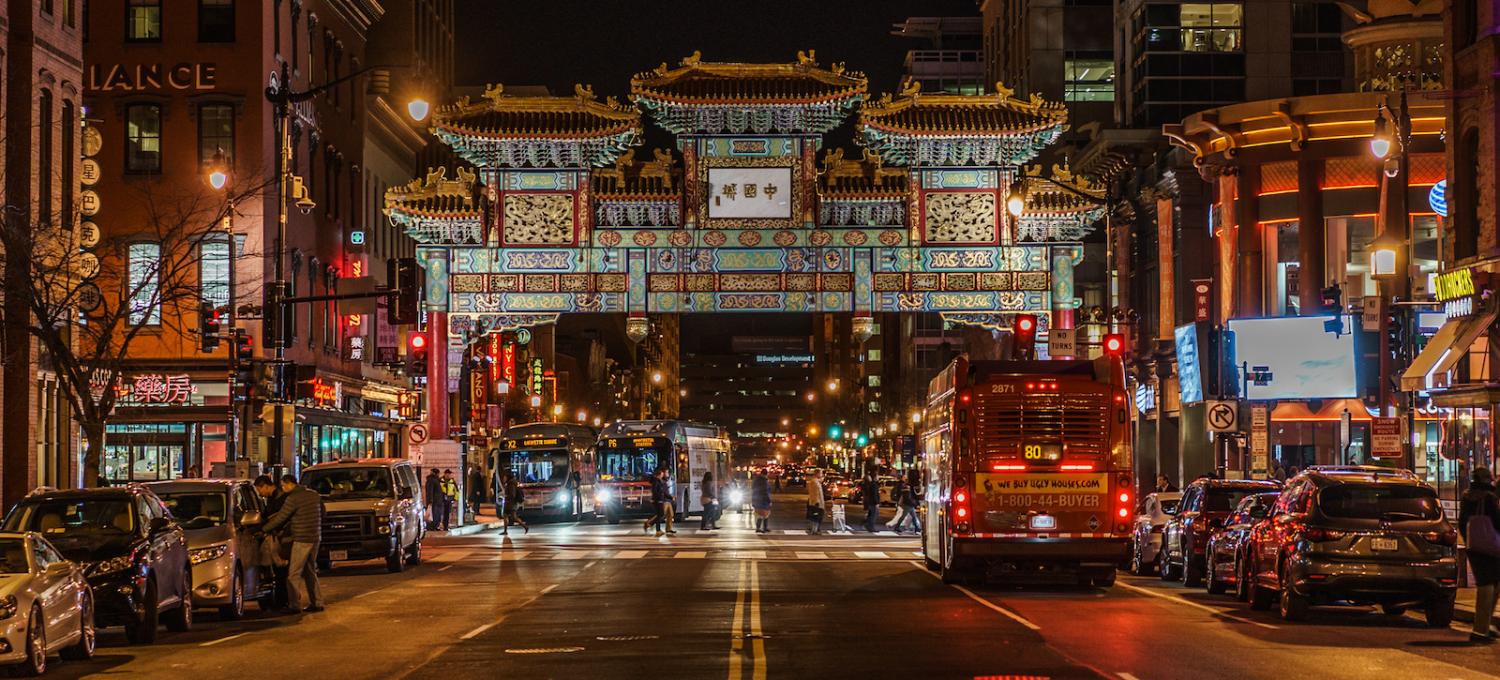Newly announced US ambassador-designate to Australia, Arthur Culvahouse, comes to Australia at a moment of significant tension in US-China relations, with a growing consensus in the US that it is entering a period of competition with Beijing.
Policy documents such as the National Security Statement classify China as a competitor, tariffs signal America’s impatience with China’s economic model, and Vice President Mike Pence has now demanded that China must offer concessions on trade and geopolitics.
Asked what would happen if Beijing doesn’t agree to act in Asia in a way that can avoid a cold war with the United States, Pence replied “Then so be it,” Pence said. “We are here to stay.”
What if America’s interests in Asia are not important enough to justify the enormous effort of competing with China to maintain regional leadership?
Australian politicians too, talk openly about a long-term rivalry between the US and China – in fact, Scott Morrison did so in his remarks at the Asia Society this month. This kind of language has become common, yet the change has happened quite quickly. Not too many years ago, Australian political leaders would have argued that there was no need for rivalry since US hegemony in Asia actually benefited China. The 2017 Foreign Affairs White Paper was probably the hinge-point here, though of course, the fact that the US is itself talking more openly about China as a peer competitor makes it easier for Australian leaders to admit the obvious.
It’s an important step in Australia’s national debate, because the truth is that, despite the benefits China has accrued from US regional leadership, Beijing now clearly wants to take over, and the US faces the first significant challenge to its hegemony since the end of the Cold War (and arguably well before, since Soviet power in the Pacific was never as significant as it was in Europe).
But there’s another realisation that is yet to dawn: yes, it is becoming clear to Australia’s political leaders that China wants to challenge the US. And they seem to think that means there will be greater rivalry. But what if the US doesn’t want rivalry? What if America’s interests in Asia are not important enough to justify the enormous effort of competing with China to maintain regional leadership?
Pence’s comments suggest that the US is ready for a new cold war. But the Foreign Policy White Paper also projected that by 2030, the Chinese economy would be worth $42 trillion, versus $24 trillion for the US. So not only is China a bigger Pacific power than the Soviet Union, but it is also a much bigger economic power. Does anyone see evidence of the US preparing itself for a multi-generational, whole-of-nation competition with China on that scale? Maybe Trump’s trade measures are a precursor, but setting a few tariffs looks like a slow start.
Culvahouse’s challenge will be to convince Australia that the US is up to this challenge. It won’t be easy, because when the problem is posed as starkly as this, it looks rather unlikely. Combined that with the fact that Culvahouse serves a president who sends highly ambiguous signals about US resolve to defend its allies, and you see that the new ambassador has a job of work ahead of him. If Culvahouse has an advantage, it is that Australia’s political leaders still want to believe that the US is committed to facing down China. Pence’s language will reinforce their belief.
But it will take more than words to meet the China challenge.

